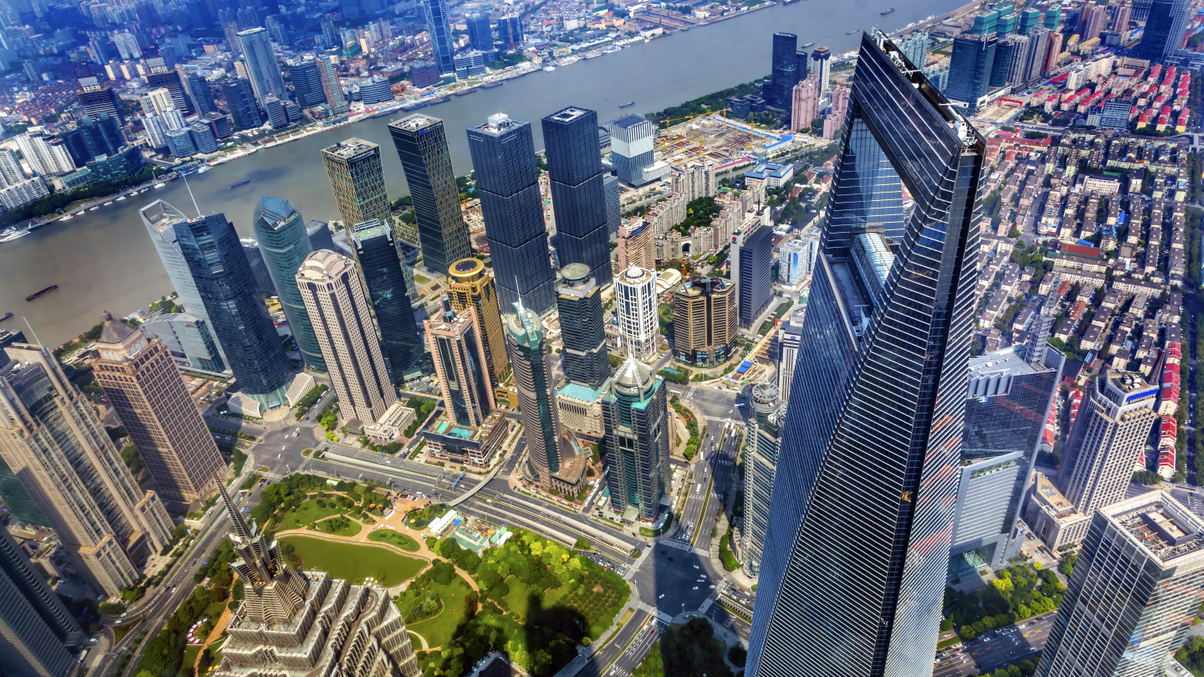Foreign investors surge into China property
Cross-border capital accounted for nearly half of commercial real estate investment in tier-1 Chinese cities last year, with insurers seen as a fast-growing source of the flow.

International investor appetite for commercial property in China continues to hold up despite global trade tensions and a slowing domestic economy – better still, it looks well placed to continue rising this year, say real estate experts.
Sign In to Your Account
Access Exclusive AsianInvestor Content!
Please sign in to your subscription to unlock full access to our premium AI resources.
Free Registration & 7-Day Trial
Register now to enjoy a 7-day free trial—no registration fees required. Click the link to get started.
Note: This free trial is a one-time offer.
¬ Haymarket Media Limited. All rights reserved.


